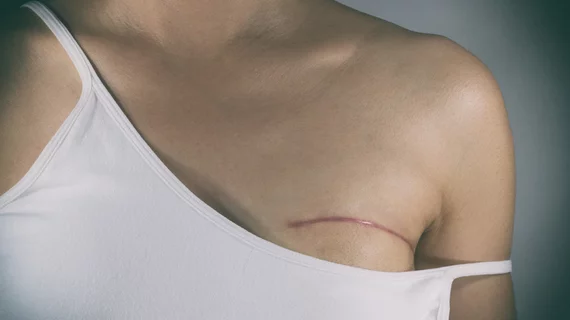Researchers from the Medical University of South Carolina (MUSC) Hollings Cancer Center have received a three-year, $1.2 million grant from the U.S. Department of Defense to use molecular imaging tools to test antibody therapies for breast cancer—potentially producing fewer side effects.
The study will focus on the process of angiogenesis—how blood vessels form, develop and create a network to perfuse different types of solid tumors—and will aim to find metastatic breast cancer therapies better than current ones which pose life-threatening side effects, according to a recent MUSC press release.
“The power of molecular imaging is clear: We believe that if you can see it, you can dissect its mechanism of action then treat it and attack it,” study researcher Ann-Marie Broome, PhD, director of the Hollings Cancer Center Small Animal Imaging Center and a professor in MUSC's Department of Cell and Molecular Pharmacology and Experimental Therapeutics, said in a prepared statement. “That's the greatest impact I see for translational imaging studies.”
Specifically, Broome and colleagues will study how the calcineurin/NFAT mechanism activated by the secreted-frizzled-related protein 2 (SFRP2) drives breast tumor growth and whether tumor development can be stopped by targeting this process.
The researchers have already developed a humanized antibody that can recognize protein found in blood vessels and block the calcineurin/NFAT pathway and tumor development in cultured human cell models of breast cancer.
By studying angiogenesis and blood vessel stability within tumors, the researchers can alter the way the tumors are able to survive in the presence of the antibody. They will then use real-time, fluorescence imaging to highlight and reveal in an animal model, whether the antibody disrupts the calcineurin/NFAT mechanism.
"The fluorescent systems, which are one of the most sensitive imaging tools available, give us faster, clearer images and more specific answers to the questions that we are asking," Broome said. "It's not enough just to know that there is a therapeutic response to the antibody. We want to know why and where there is a response."
Overall, the researchers believe tracking SFRP2 pathways with molecular imaging methods could help clinicians track tumor growth and monitor chemotherapy response.

